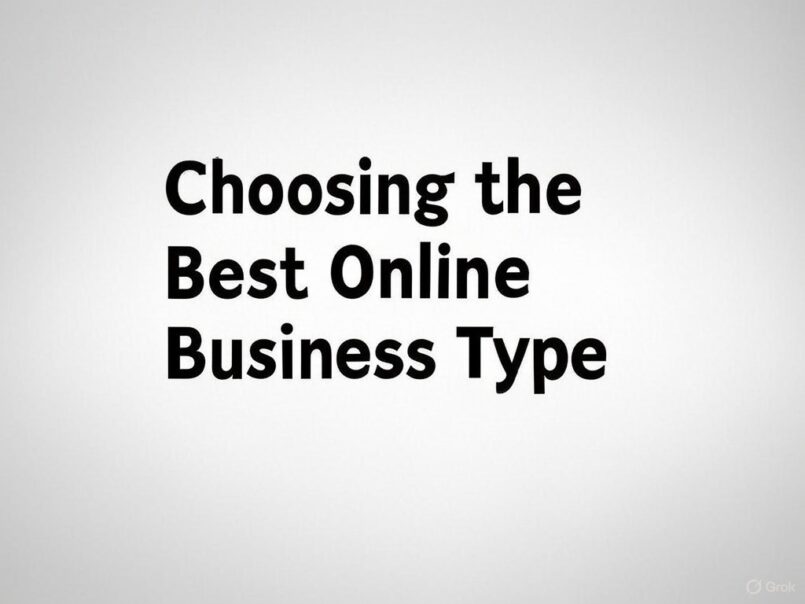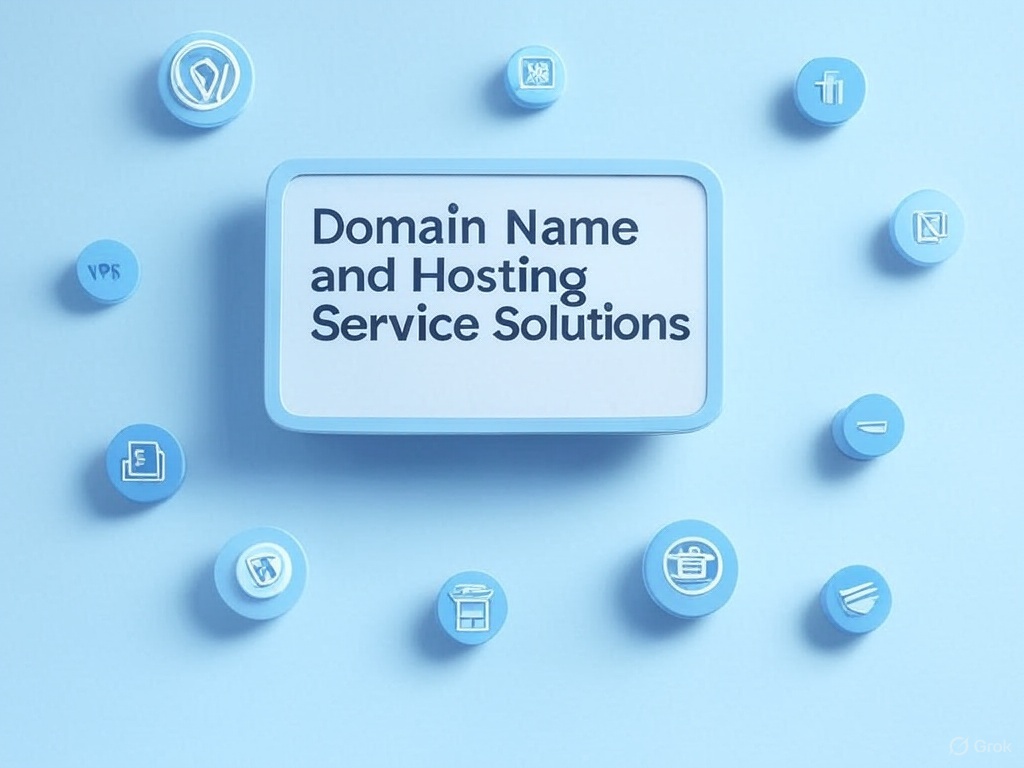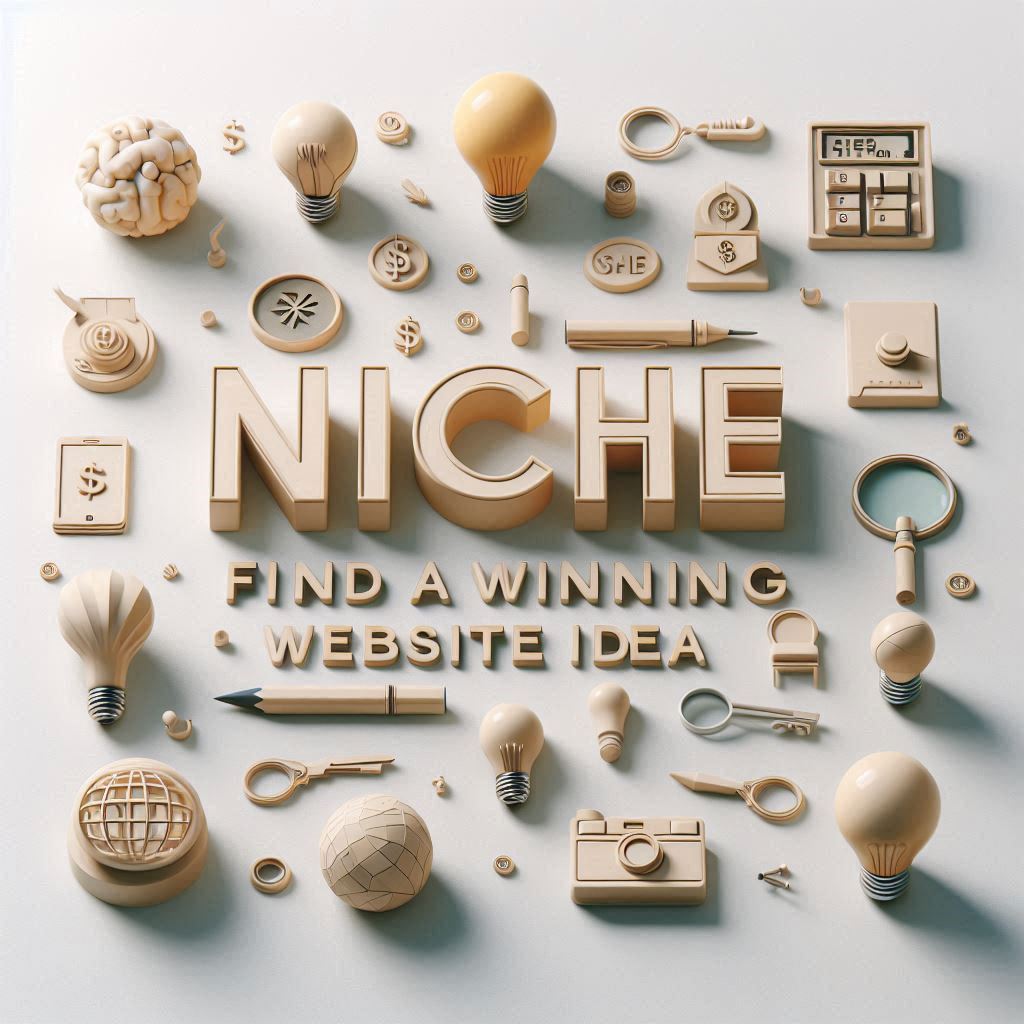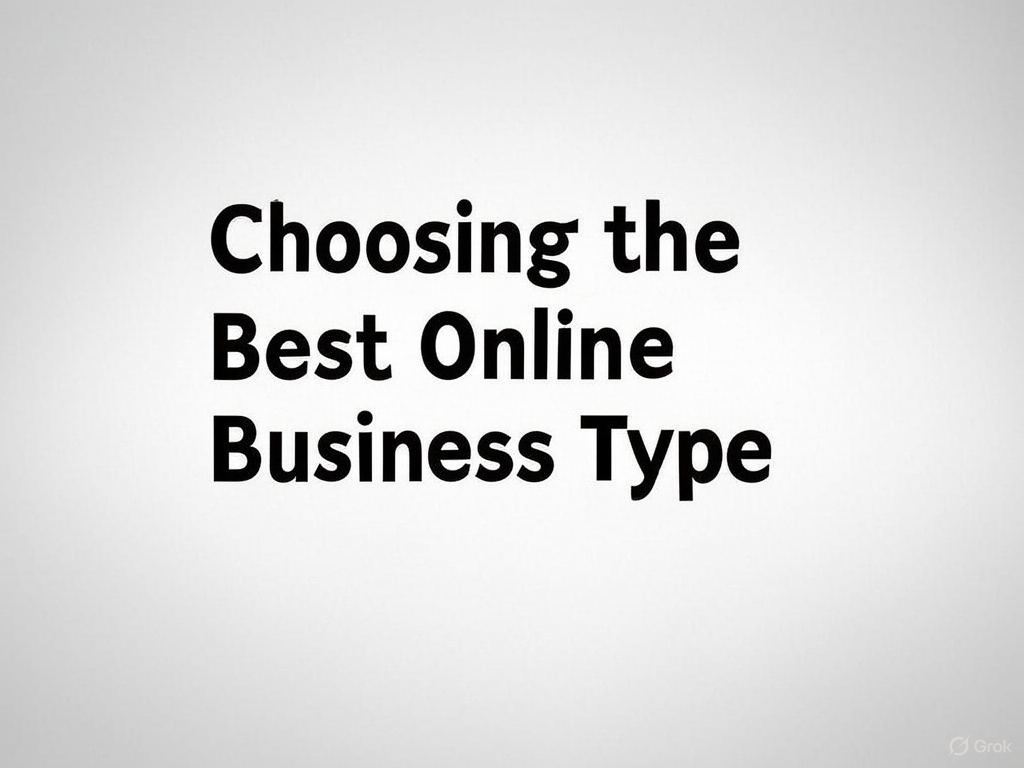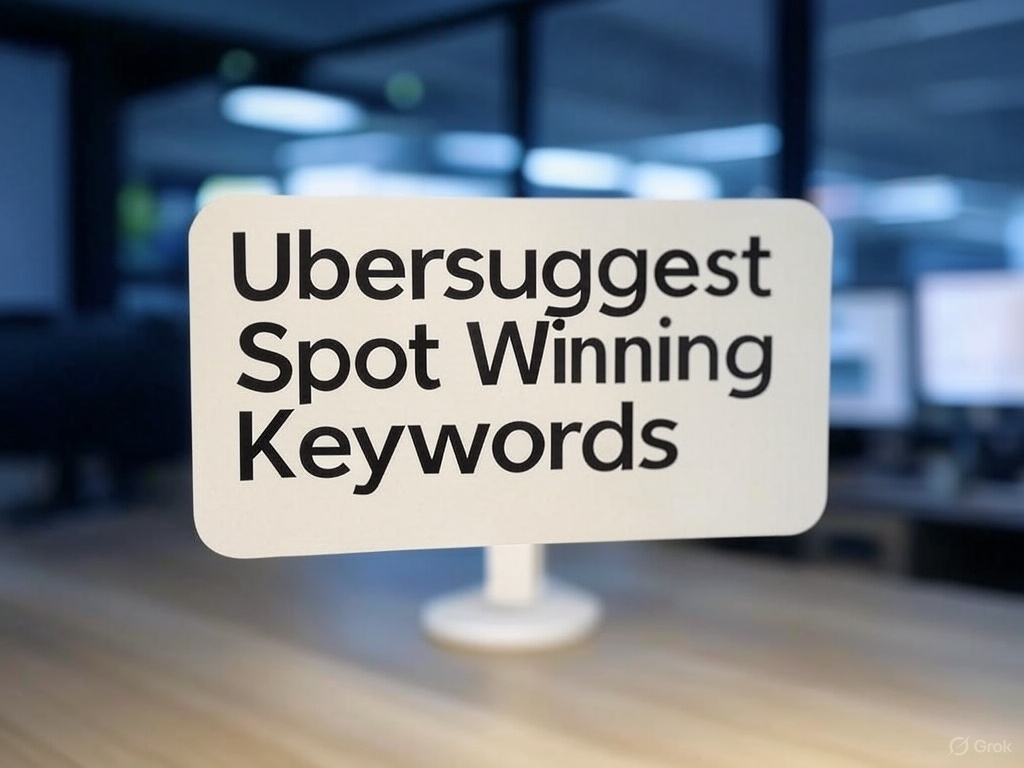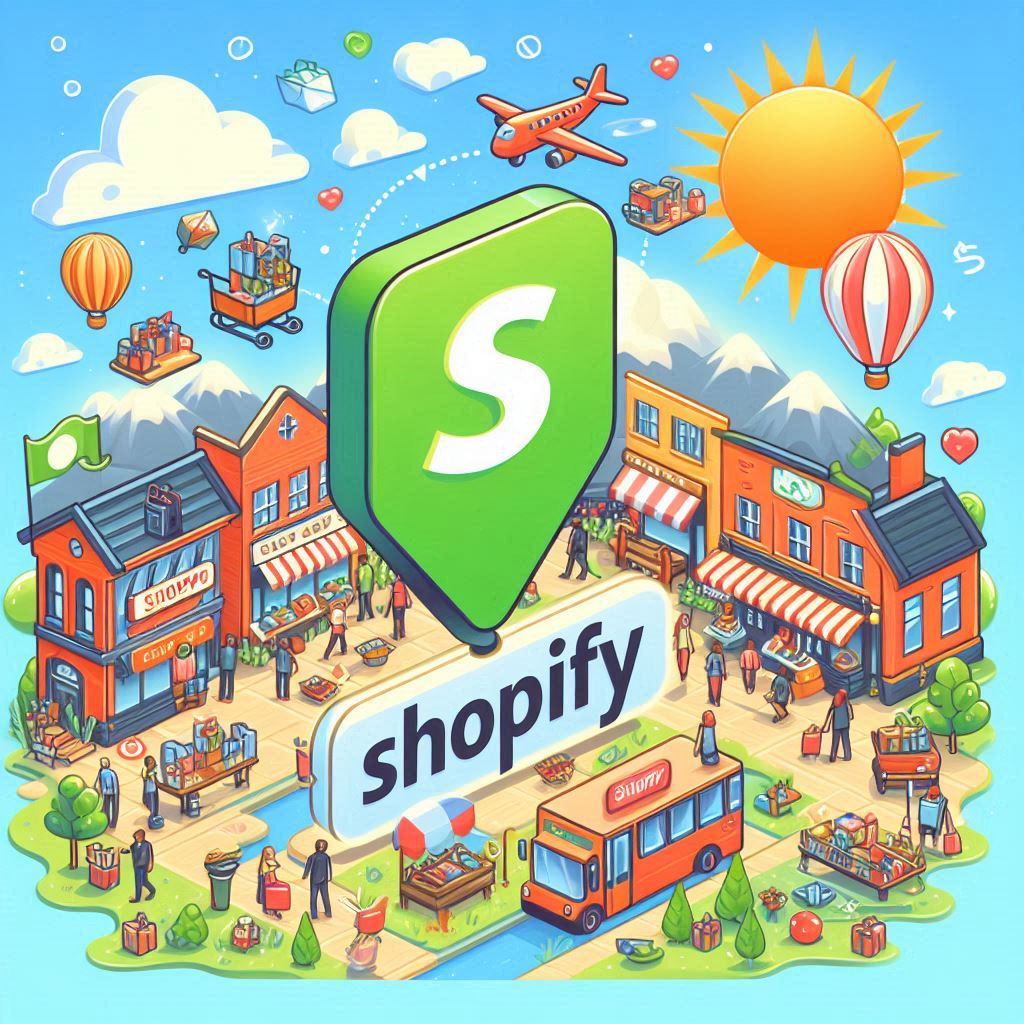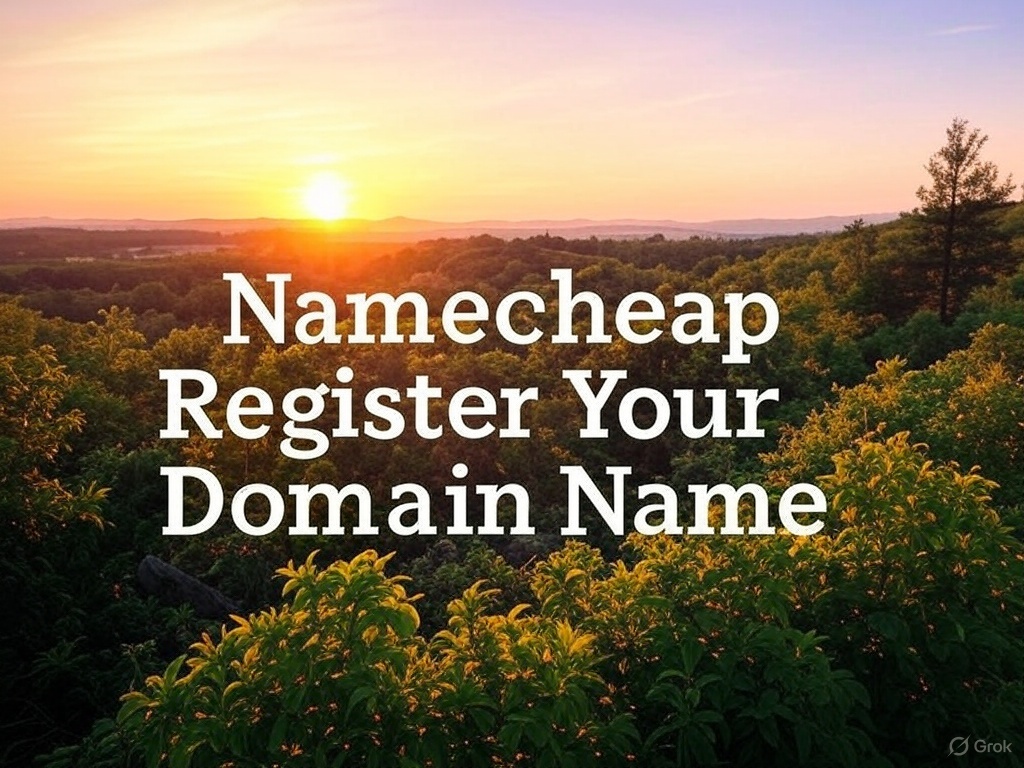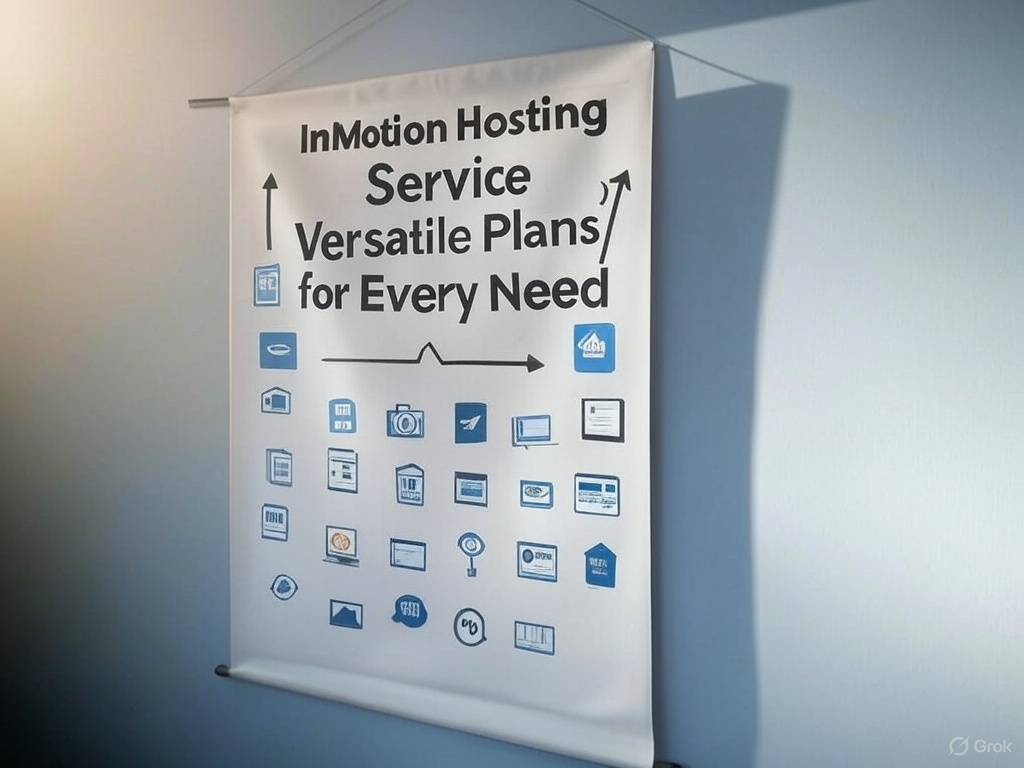Market Size for Online Business Types
This data for the market size of online business types—Ecommerce, Blogs, Digital Products, Services, and Membership Sites—is derived from aggregating and synthesizing industry reports, market research, and economic analyses, sourced from reputable platforms such as Statista, IBISWorld, Forbes, and creator economy studies. For instance, the Ecommerce market size currently at ($4 trillion) is based on Statista’s global retail eCommerce projections, while the Blogs market currently at ($500 billion) aligns with IBISWorld’s content marketing and digital advertising estimates. Digital Products currently at ($250 billion) reflect the creator economy’s growth per reports from platforms like Patreon, and Services currently at ($1 trillion) draw from IBISWorld’s professional services data. Membership Sites currently at (~$1.5 trillion) are tied to the subscription economy, as reported by Forbes and Statista.
These figures are valid because they are grounded in comprehensive, up-to-date research from trusted sources, cross-referenced for consistency, and adjusted to reflect the proportional scale of each business type within the broader online market. The proportional percentages (e.g., Ecommerce at 55%) ensure a realistic comparison, making the data reliable for strategic planning.
This chart highlights the vast differences in market opportunities, guiding strategic decisions about which business type to pursue based on scalability and revenue potential. Ecommerce, with a commanding $4 trillion market, stands out as the largest opportunity, driven by widespread consumer adoption and diverse product offerings, making it ideal for those seeking high-volume sales and broad market reach, though it comes with intense competition and higher startup costs. Membership Sites ($1.5 trillion) and Services ($1 trillion) also represent substantial markets, appealing to entrepreneurs focused on recurring revenue or specialized expertise, respectively, with moderate entry barriers.
In contrast, Blogs ($0.5 trillion) and Digital Products ($0.25 trillion) have smaller markets, but their lower startup costs and high profitability margins make them attractive for niche players or resource-constrained startups aiming for targeted audiences. By analyzing the Market Size Chart alongside profitability, startup costs, and marketing strategies, you can select a business type that aligns with yoor capital, risk tolerance, and growth ambitions, positioning you to capitalize on the most promising market opportunities in the dynamic online landscape.
Startup Costs for Online Business Types
When comparing online business types like Ecommerce, Blogs, Digital Products, Services, and Membership Sites, various types of data can provide valuable insights for decision-making or analysis.
This Startup Costs Chart is a critical tool that visually compares the initial financial investment required for five distinct online business models: Ecommerce ($3,000), Blogs ($300), Digital Products ($600), Services ($1,000), and Membership Sites ($1,500). Highlighted are the significant variation in capital needed, enabling informed decision-making based on budget constraints and risk tolerance.
For instance, Blogs and Digital Products, with their low startup costs of $300 and $600 respectively, are attractive for individuals or small teams with limited resources, offering a low barrier to entry and reduced financial risk. In contrast, Ecommerce, at $3,000, demands a higher upfront investment due to expenses like inventory, website development, and marketing, which may suit those with greater capital or access to funding. Services and Membership Sites, at $1,000 and $1,500, fall in the middle, balancing moderate costs with potential for scalability.
By analyzing this chart alongside other factors like market size, profitability, and personal expertise, you can strategically select a business type that aligns with your financial capacity and long-term goals, optimizing your chances of success in the competitive online marketplace.
Profitability of Different Online Business Types
The data in this chart compares projected profitability, time to profitability, and effort level for Ecommerce, Blogs, Digital Products, Services, and Membership Sites is sourced from industry analyses, business reports, and expert insights, drawing from reputable platforms like HubSpot, Shopify, Forbes, and creator economy studies.
Effort level (e.g., 8/10 for Ecommerce, 4/10 for Blogs) is a qualitative score based on operational complexity, informed by case studies and platform demands (e.g., WordPress for Blogs, Kajabi for Membership Sites). The data is valid because it integrates current, cross-referenced industry metrics, aligns with real-world business dynamics, and uses conservative averages to ensure applicability across typical scenarios for each business type.
This Chart is an essential resource in assessing the potential financial returns of various online business models, as it illustrates the profit margins for five distinct business types: Ecommerce (15%), Blogs (10%), Digital Products (60%), Services (40%), and Membership Sites (50%). By presenting these percentages in a clear bar chart, the chart underscores the significant differences in profitability, guiding decision-makers toward business types that align with their financial goals and risk profiles. Notably, Digital Products, with a 60% profit margin, and Membership Sites, at 50%, stand out as highly lucrative options, driven by low overhead costs and scalable revenue streams, making them ideal for those prioritizing high returns and long-term growth. Services, with a 40% margin, also offer strong profitability, appealing to professionals leveraging expertise with moderate operational costs.
In contrast, Ecommerce (15%) and Blogs (10%) exhibit lower margins due to higher expenses like inventory, marketing, or content creation, suggesting they may require larger sales volumes or longer timeframes to achieve substantial profits. When evaluated alongside factors like startup costs and market size, the Profitability Chart empowers entrepreneurs to strategically choose a business type that balances potential earnings with operational demands, enhancing their likelihood of building a sustainable and profitable venture.
Marketing Strategies for Online Business Types
This chart data shows the best ways to market online business types—Ecommerce, Blogs, Digital Products, Services, and Membership Sites—is derived from a synthesis of industry trends, marketing reports, and best practices, drawing from reputable sources like HubSpot, Shopify, Statista, and creator economy analyses. These sources provide insights into effective marketing strategies based on case studies, user behavior, and performance metrics across industries. For example, HubSpot’s marketing reports highlight social media and paid ads as dominant for Ecommerce due to their ability to drive product visibility, while content marketing is critical for Blogs to boost SEO and organic traffic.
The percentage contributions are estimated by analyzing which strategies align with each business type’s goals, customer acquisition needs, and cost structures, validated by real-world success metrics like conversion rates and ROI from platforms like Shopify (for Ecommerce) or Patreon (for Membership Sites). The data is valid because it reflects current digital marketing trends, prioritizes strategies with proven effectiveness, and accounts for the unique operational and audience dynamics of each business type.
Presented as a stacked bar chart, it reveals tailored marketing priorities for each business type, enabling informed decisions to maximize reach and conversion. For instance, Ecommerce relies heavily on Social Media (30%) and Paid Ads (25%), reflecting the need for broad visibility and targeted campaigns to drive sales in a competitive market. Blogs prioritize Content (40%), leveraging high-quality articles and SEO to attract organic traffic, while Membership Sites emphasize Email (30%) to nurture subscriber retention and engagement. Digital Products and Services balance multiple channels, with Digital Products favoring Email (25%) and Influencer/Affiliate (20%) for trust-based conversions, and Services leaning on Content (30%) and Email (25%) to showcase expertise.
This chart guides you to allocate marketing budgets effectively, aligning strategies with the unique demands of each business type—such as Ecommerce’s need for immediate sales versus Blogs’ focus on long-term traffic growth—while considering resource constraints and target audience preferences, ultimately enhancing the likelihood of successful market penetration and customer acquisition.

